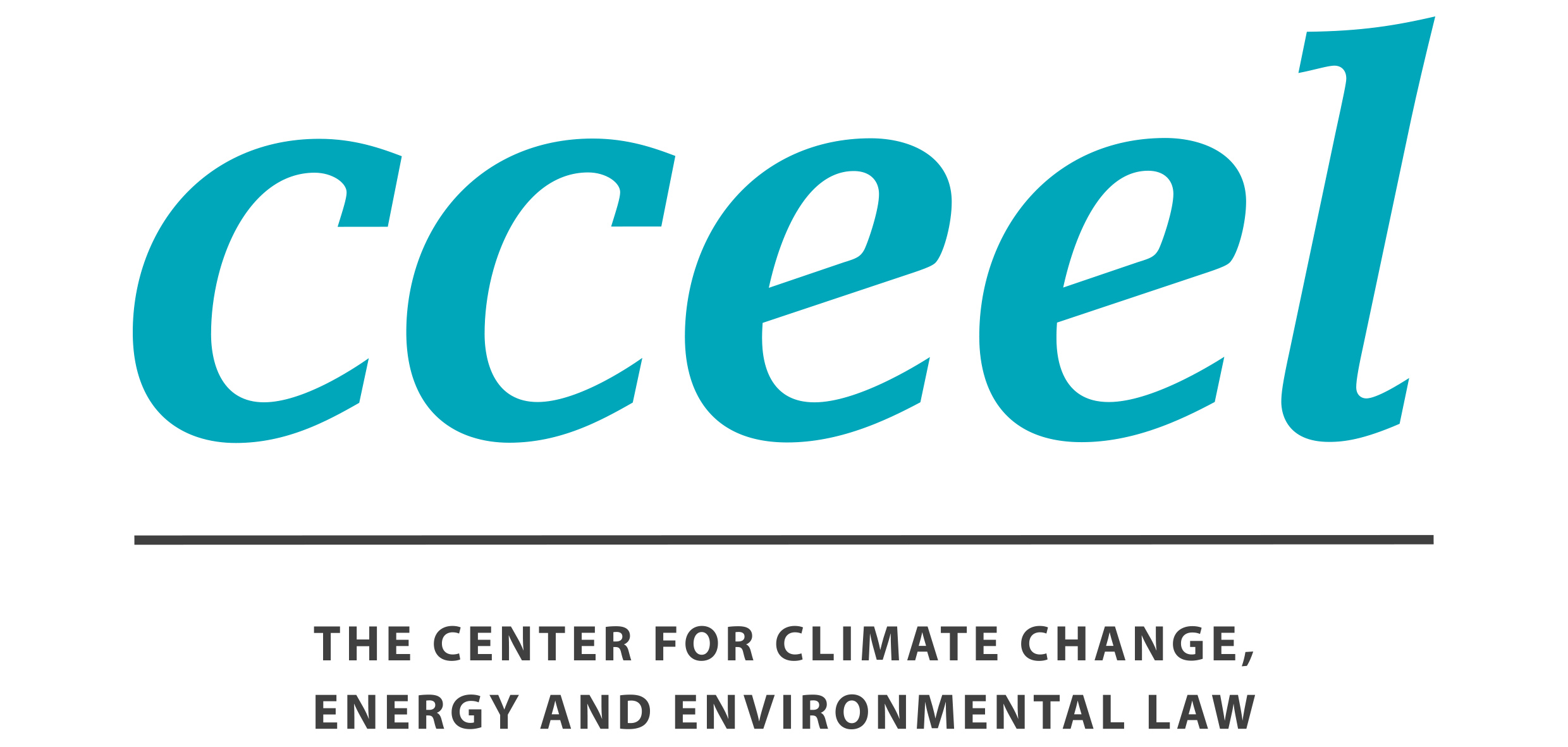Product policies for the circular economy – a guided tour with recommendations

Photo by SHARE NOW on Unsplash
Antti Jukka, Harri Kalimo, Eleanor Mateo, and Mirella Miettinen
The transition to a circular economy is expected to bring significant environmental, economic, and societal benefits, but it demands rethinking a fundamental unit of the economy – the product.
Four key areas of product policy
Policymakers agree that a circular economy entails the retention of the value of products and materials in the economy, the sustainable minimization of waste generation, and the closing of material loops through recycling. Yet, it is far less clear what the means of such a systemic transformation towards circularity are.
It is evident that steering the circularity of products can make an important contribution to sustainability. The governance of products is, however, complicated: it involves understanding the various environmental trade-offs of different policies, as well as the different contextual elements that affect consumption behavior. The aim of the ‘Circular Economy and Product Policy’ (KITUPO) project was to explore how the objectives of a sustainable circular economy could be integrated into environmental product policies. The KITUPO project was financed by the Finnish Prime Minister’s Office (VN-TEAS) and led by Petrus Kautto of the Finnish Environment Institute, with Harri Kalimo, Reid Lifset (from Yale University), Eleanor Mateo, Antti Jukka and Mirella Miettinen constituting the UEF research team. The full Project Report is available at VN-TEAS.
Building on interviews and workshops with international and Finnish experts, the multidisciplinary project identified and examined in detail four key areas of product policy: the ecodesign framework, extended producer responsibility, product service systems, and environmental product claims. The policy instruments target different phases of a product’s life cycle, from production to consumption and end-of-life.
All the policy areas under examination can be improved. The project team proposed enhancements to the individual instruments. However, the inherent limits of the tools, and thus the need for new instruments, were also noted. Additionally, two themes common to all the policy areas emerged from the exploration: the lack of ex-post analyses, and the need for coherence in circular economy policies.
The core idea to keep in mind is that the policies are not ends in themselves; they are mere tools for alleviating environmental strain. All recommendations of the project team point to that end.
This blog post is a tour of the project report. On this tour, you will meet the different policy areas examined, as well as our recommendations for policymakers as to their improvement. Let us begin!
The Ecodesign framework
The design phase of a product largely determines its environmental impact. By influencing the design, significant environmental returns can be created later in the lifecycle of the product. The Ecodesign Directive is estimated to have been the most significant policy measure to promote CO2 emission reductions via energy efficiency in the European Union.So far, the Directive has been successful in removing energy inefficient products from the EU’s Single Market.
However, ecodesign requirements on circular aspects of products, covering different life-cycle phases, have been lacking – despite environmental impacts belonging to the scope of the Directive. Thus, by setting requirements on a product’s recoverability, repairability, and durability, the ecodesign framework could be utilized for circular economy objectives.
The project team recommends establishing a joint databank on ecodesign for Finnish companies, which possibly could be merged with https://ekosuunnittelu.info;
- support for research, both academic and industrial, for both expanding the scope, and tightening the requirements of the Ecodesign Directive;
- penalty fees, instead of the destruction of functional but noncompliant products, as deterrents for noncompliance; and
- the creation of European digital product passports, which could include reliable information on the circularity aspects of a product.
Extended producer responsibility
As a policy approach, extended producer responsibility shifts the burden of end-of-life management of products from the public to the producer. Originally, it was thought that the producers would then seek to minimize associated costs – for example, by designing more recyclable products. While extended producer responsibility has been successful in bringing much needed funding to municipal recycling, along with advancements in end-of-life technology and increases in recycling rates, its impact on product design has been both unclear and limited.
To restore the ecodesign incentives of extended producer responsibility, the revised Waste Framework Directive introduced the concept of ecomodulation. This means that the financial contributions paid by responsible producers shall be modulated for individual products or groups of similar products, notably by accounting for their durability, repairability, reusability and recyclability, and the presence of hazardous substances.
The project team recommends
- supporting the harmonization of ecomodulation objectives, criteria, and fee structures, so as to fortify the built-in ecodesign incentives on an European Union level;
- transposing ecomodulation to national law one step at a time, keeping associated development costs and policy lock-in low, while learning from the successes and failures of other countries;
- mandating the provision of extended producer responsibility, including ecomodulation, data by producer responsibility organizations, as to facilitate ex post policy evaluations – little is known about how or how well ecomodulation works; and
- developing the information basis for combatting freeriding, especially in online sales.
Product service systems
Product-service systems are business models that provide a mix of “tangible products” and “intangible services” as a means of fulfilling consumer needs and reducing environmental impacts. The project analyzed two cases of product service systems, namely car sharing and chemical leasing.
Product-service models generally represent shifting responsibility over the product and its use from the consumer to the provider. The increased control over the underlying products, and the shift of profit drivers, create different opportunities and incentives for manufacturers to undertake resource efficiency strategies. In general, the project team highlighted that not all product-service systems are environmentally beneficial, requiring a case-by-case approach.
For car sharing, the project team recommends
- supporting research for achieving the objectives of reduced car production and ownership, reduced vehicle kilometers travelled, and increasing the share of low-emission vehicles; and
- considering car sharing in the public procurement of vehicles and mobility solutions.
For chemical leasing, the project team recommends
- conducting further life-cycle studies, which cover the entire value chain – as opposed to only examining the mere application of the chemicals;
- raising awareness on chemical leasing, for example by disseminating best practices concerning the commercial and legal aspects of chemical leasing;
- considering chemical leasing in public procurement, by procuring chemicals as a service, rather than as goods; and
- testing tax instruments to incentivize resource efficiencies in the chemicals sector.
Environmental product claims
The profusion of different ecolabels and green marketing claims makes identifying and trusting them difficult. Unsubstantiated or misleading environmental claims distort fair competition and weaken the basis for ecodesign efforts. Such claims also prevent consumers from making informed purchase decisions, as well as eroding their confidence in marketing more generally.
The project team recommends
- developing the information basis, as statistics or research on the amount, qualities, and impacts of environmental marketing are not available;
- striving for an European Union level legislative package that obliges companies to substantiate environmental marketing claims via third party audit or verification of such claims, for example by utilizing Product Environmental Footprint (PEF) or type I ecolabel (as defined in ISO 14024) methodology, while making such assessments available for public review; as well as
- supporting the ongoing work of integrating the product environmental footprint as the unified basis for all product policy instruments;
- guiding businesses, especially small and medium enterprises, on how to communicate environmental and circular qualities of their products, while subjecting ecolabels to law as green claims; and
- adding permanent resources for national market surveillance, while increasing coordination on the European Union level.
This ends our tour of product policies, and we now turn to the two themes common to all the policy areas that emerged from our exploration.
Lack of ex-post analyses
The project found that despite the immense attention on circular economy, studies examining the actual effects of circular economy policies are few and far between. Particularly noteworthy is the lack of ex post studies on the environmental, economic, and behavioral impacts of the policies.
The project team recommends measures for the systematic collection of data and rigorous ex post analysis of the impacts of circular product policies to facilitate and maintain science-based policymaking. As the end of circular economy policies is to mitigate harmful environmental effects, the policies should be analyzed as to their fitness towards that end.
Multi-dimensional policy coherence
The regulatory landscape of product policies is evolving rapidly, within both the national and the European levels. Policies in use are examined and enhanced, and to complement them, new solutions are constantly being developed. A central conclusion of the project was the recognition of this richness and multiplicity of policy tools. A balanced policy mix requires a rigorous and robust scientific understanding of the environmental impacts of such tools. While we recognize the usefulness of policy experimentation, the cornucopia of policies eventually needs to be developed into a coherent policy regime.
The project team recommends
- prioritizing harmonization and coordination within the European Union, to keep incentives consistent, and to prevent fragmentation caused by Member State policy experimentation;
- accounting for policy areas which affect products, but may not be framed as circular economy policies per se;
- streamlining of knowledge production requirements; and most importantly,
- keeping the environmental end of the circular economy policies at the forefront.
Thank you for joining our tour!
